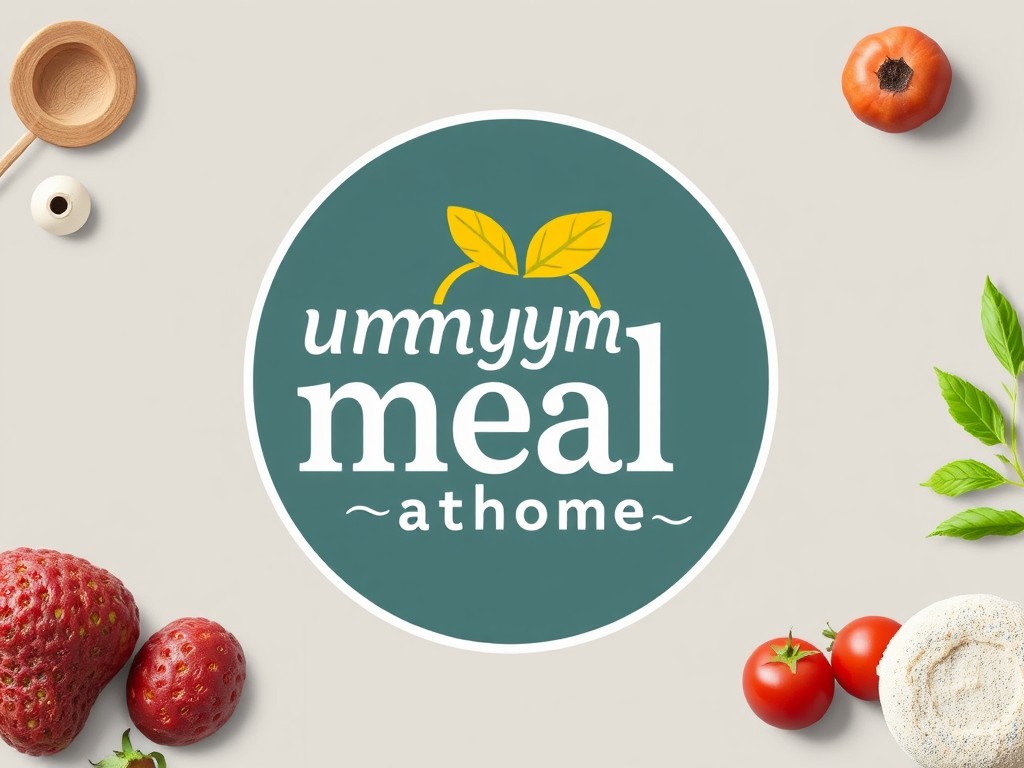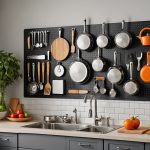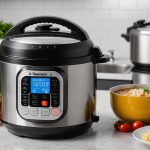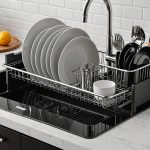Delving into the world of baking and pastry can be an exciting adventure. Whether you’re a professional chef or a home baker, having the right tools in your kitchen is crucial for producing the best results. One tool that is often overlooked, but could make a significant difference in your baking, is the pastry cutter.
In your quest to find the perfect pastry cutter, various factors come into play such as the handle, blades, and most importantly, the material used. Today, we will focus on the latter, and help you decide which material is best for a durable and efficient pastry cutter.
In the same genre : How to Select the Best Type of Dish Rack for Limited Counter Space?
Stainless Steel Pastry Cutters
Stainless steel is a popular material choice for many kitchen utensils, including pastry cutters. Presumably, you’ve seen or heard about stainless steel pastry cutters on Amazon or other retail platforms. Their popularity is well-deserved, and here’s why.
Stainless steel is a high-quality material that offers durability and longevity. A well-made stainless steel pastry cutter can last for years with proper care. Its sturdy nature allows it to handle even the toughest dough without bending or breaking. Moreover, its resistance to rust and corrosion makes it an excellent choice for a tool that often comes into contact with wet dough.
Topic to read : What Are the Best Safety Features in a Modern Electric Pressure Cooker?
In terms of efficiency, stainless steel cutters are exceptional. Their sharp edges easily cut through dough, making the process of creating perfect pies and cookies a breeze. Additionally, stainless steel is easy to clean, which is always a bonus in a busy kitchen. You can hand wash or put it in the dishwasher without any worries about damaging the material.
Plastic Pastry Cutters
Another common material used in pastry cutters is plastic. Plastic cutters are generally more affordable than their stainless steel counterparts. If you’re just starting your baking journey, a plastic cutter might be a good option to consider.
While they may not be as durable as steel cutters, plastic cutters are surprisingly resilient. They can handle a variety of dough types and are particularly friendly to non-stick surfaces. This means you can use them on your non-stick baking mats or pans without fear of damage.
Plastic cutters are also lightweight, making them comfortable to handle. They are easy to maneuver, which can be particularly useful when cutting intricate shapes. Furthermore, plastic does not react with food, making it a safe choice for your baking needs. It is also dishwasher safe, offering easy clean-up.
Wooden Pastry Cutters
Wooden pastry cutters may not be as common as stainless steel or plastic ones, but they still have their place in the baking world. These cutters are usually handmade, offering a touch of authenticity and traditional charm to your kitchen.
The main advantage of wooden cutters is their natural feel. They are warm to the touch and have a certain comfort that other materials lack. This can make the process of cutting dough more enjoyable.
However, the durability of wooden cutters can vary widely. Hardwoods like oak or maple are more durable than softwoods like pine. Also, wooden cutters require more care. They are not dishwasher safe and must be hand washed and dried immediately to prevent warping or cracking.
Silicone Pastry Cutters
Silicone is a relatively new material in the kitchen tool scene. It’s flexible, heat resistant, and comes in a variety of vibrant colors. Silicone pastry cutters are a modern take on this traditional baking tool.
The main draw of silicone cutters is their flexibility. They can bend and flex to cut dough in any shape you need. This can be particularly useful when working with delicate or intricate designs.
Silicone cutters are also heat resistant. This means you can use them to cut hot pastries straight from the oven without fear of melting or damaging the cutter. However, they may not offer the same level of durability as stainless steel or wooden cutters.
Composite Material Pastry Cutters
Composite material pastry cutters are a blend of two or more materials. For example, a cutter may have a stainless steel blade with a silicone handle. This combination aims to offer the best of both worlds – the durability of steel with the comfort of silicone.
These cutters are designed with user comfort in mind. The handles are often ergonomically shaped and covered with a soft material to provide a comfortable grip. The blades, on the other hand, are made of sturdy materials to ensure efficient cutting.
Choosing a composite material cutter allows you to enjoy the benefits of different materials in one tool. However, keep in mind that the quality of such tools can vary greatly depending on the materials used and the manufacturing process.
The Best Material for a Pastry Cutter: A Summary
Having considered the pros and cons of each material used in pastry cutters, it’s clear that the best choice depends on your specific needs, budget, and personal preferences. If durability and longevity are your top priorities, a stainless steel pastry cutter would be an ideal choice. Known for its sturdiness, a steel cutter, like those available on Amazon, can handle even the toughest dough, making it a favorite among professional chefs and bakers.
In comparison, plastic cutters might not offer the same level of durability but their affordability, lightweight nature, and non-reactiveness make them an excellent choice for beginners or those who are budget-conscious. Plus, they’re dishwasher safe, making clean-up stress-free.
If you appreciate the feel of a natural material, consider a wooden pastry cutter. While they require more care and aren’t dishwasher safe, they add a touch of traditional charm to your baking experience.
Alternatively, silicone pastry cutters offer flexibility and heat resistance, perfect for working with delicate designs or hot pastries. However, they may not offer the same level of durability as stainless steel or wooden cutters.
Lastly, composite material cutters aim to combine the best of various materials, offering a balance of durability, comfort, and efficiency. Just keep in mind that the quality can vary greatly depending on the manufacturing process and materials used.
In Conclusion: Making Your Choice
Deciding on the best material for a pastry cutter can be challenging given the variety of options available. When making your choice, consider your baking needs, budget, and cleaning preferences. Also, pay attention to the product reviews on platforms such as Amazon, Williams Sonoma, or Walmart to ensure you pick a product that lives up to its claims.
Remember to care for your pastry cutter properly, regardless of its material. This will help to extend its lifespan and ensure you get the best results for your pies, cookies, and other baked goods.
In the end, the perfect pastry cutter is the one that makes baking a joy for you. After all, baking is as much about the process as it is about the end product. So, whether you opt for a stainless steel, plastic, wooden, silicone, or composite material pastry cutter, make sure it’s a tool you’ll love using every time you bake.



















